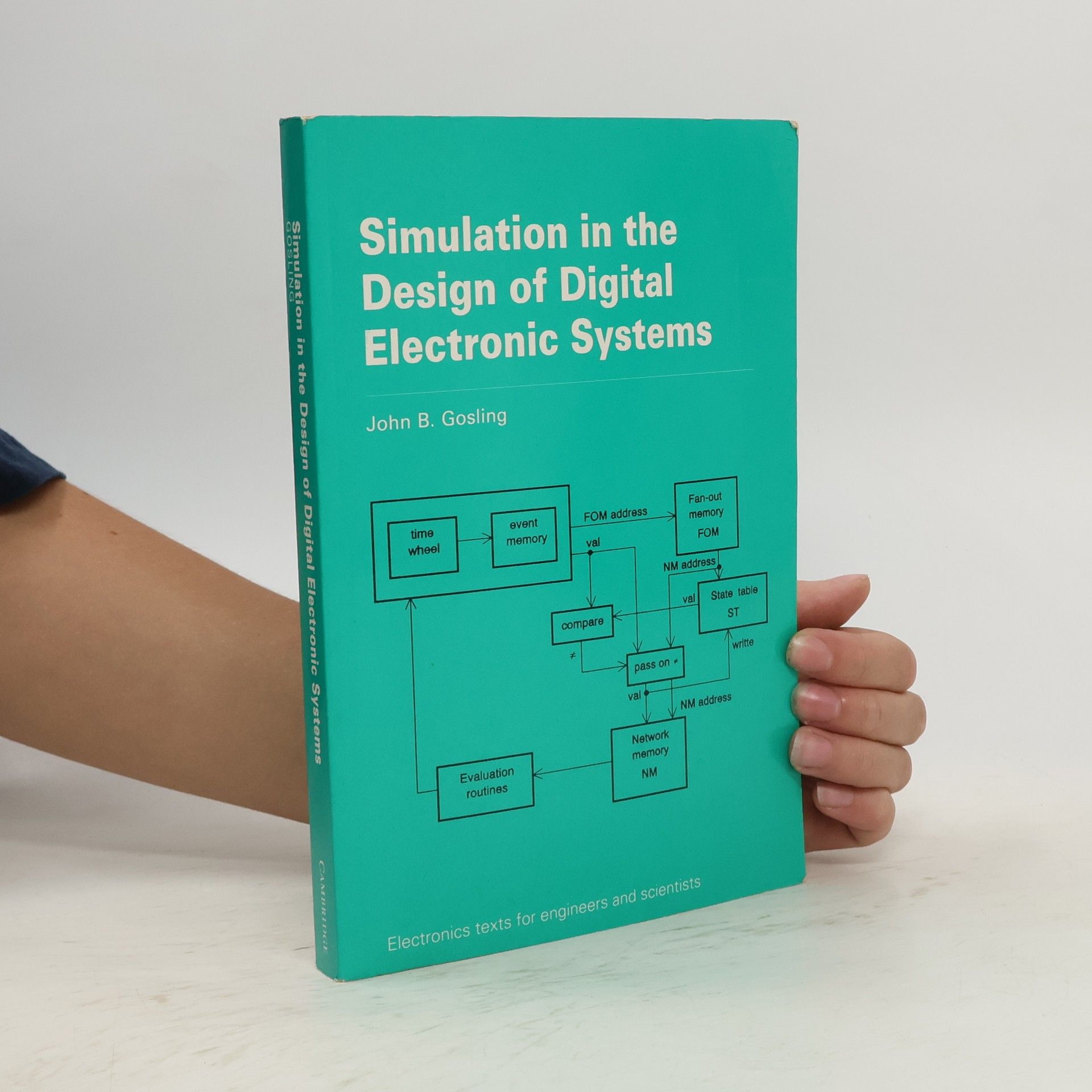Electronics Texts for Engineers and Scientists: Simulation in the Design of Digital Electronic Systems
- 292 pages
- 11 hours of reading
Electronic systems, including computers and telecommunications, are increasing rapidly in size and complexity. It is no longer practical to build an actual prototype. It is possible now, however, to simulate the design of a prototype without actually building the hardware. This book describes the structure of simulators suitable for use in the design of digital electronic systems. It includes the compiled code and event driven algorithms for digital electronic system simulators, together with timing verification. It also discusses limitations of the structures and problems of designing models. It also covers the subjects of testing and design for testability, and a major chapter is devoted to fault simulation. Finally, the text introduces hardware accelerators and modelers. The book is unique for covering simulation, fault simulation, timing verification, and model design in one place, and should make essential reading for electonic engineers involved in hardware design.

